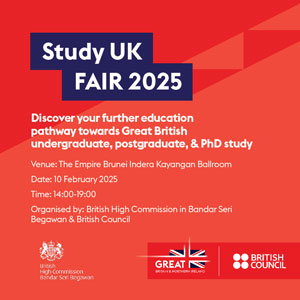THE WASHINGTON POST – Taylor Swift fans took her “Shake it off” musical advice literally this week, sparking seismic activity equivalent to a 2.3 magnitude earthquake at her concert in Seattle, seismologists say.
Western Washington University seismologist Jackie Caplan-Auerbach first examined the activity, that fans are dubbing a “Swift quake,” after she saw chatter in a social media group she monitors about Pacific northwest earthquakes, prompting her to look into the event.
“I grabbed 10 hours of data from when doors opened to well after I thought the audience had gone home and I just plotted them out to see how did the ground shake,” she told local outlet KING5 Seattle in an interview.

Seismic data showed that the activity generated by Swift’s “Eras” tour concert at Lumen Field was comparable to a similar “Beast quake” in 2011, set off by Seattle Seahawks football fans after a touchdown from Marshawn “Beast Mode” Lynch, Caplan-Auerbach said, although she added the caveat that the two events were different, making direct comparisons difficult.
“I don’t really want to get into a snickering match between Seahawks fans and Swifties but I will say Swifties have it in the bag,” she said. “This was much bigger than the Beast Quake in terms of the raw amplitude of shaking and it went on for a whole lot longer, of course.”
Fellow seismologist James Hammond, a professor of geophysics at Birkbeck, University of London, said in an interview that it’s actually “quite common” for humans partying to create such vibrations, sending “a lot of energy into the ground.” That energy travels as sound waves through the Earth, he said, and is measured using sensitive seismometers.
“A 2.3 magnitude earthquake is quite small though, so I expect it would only be felt quite close to the concert,” Hammond said, noting it would not have caused any damage, due to the “relatively small amount of energy released.”
Similar spikes occur at music festivals and sports matches, he added. During the coronavirus pandemic vibrations from human activity were “reduced markedly” around the world during lockdowns and social restrictions.
Swift’s sold out concert at Lumen Field last week reportedly broke attendance records, at a capacity of about 72,000 people.
Although no specific song was responsible for the vibrations, it’s likely that together the booming sound systems, cheering, stamping and dancing of fans caused the activity, say experts.
“I collected about 10 hours of data where rhythm controlled the behavior. The music, the speakers, the beat. All that energy can drive into the ground and shake it,” Caplan-Auerbach told CNN.
The geology professor has not described herself as a Swift fan, tweeting that she was “not opposed . . . just ignorant,” about Swift’s pop music. But she has dubbed the event “Beastquake (Taylor’s Version)” in a nod to the artist’s re-recordings of her previous songs, following a dispute with her former record label.
Swift herself has not publicly acknowledged the seismic activity her event triggered but shared a post on social media that the Seattle concerts were very lively.
“Seattle that was genuinely one of my favorite weekends ever,” she said. “Thank you for everything. All the cheering, screaming, jumping, dancing, singing at the top of your lungs.”
Tarje Nissen-Meyer, a geophysicist at the University of Oxford, said in an interview the vibrations were unsurprising and “basic physics.”
“Vibrations from all sorts of sources continuously excite the earth,” he said. “Having tens of thousands of Swifties dancing in sync then induces a sizable vibrational force onto the ground,” he added, using a common nickname for her fans.
Currently, seismic waves are used to study landslides, ocean weather, glaciers and traffic among other things. However, with the improvement of high precision seismic instrumentation, Nissen-Meyer said, it could be the case that we hear of more such social events detected in the future.
“Much like we can deduce different earthquake types, one could perhaps discern a Taylor Swift gig from a Bad Religion one, some day. It all depends on the amount of data recorded and processed,” he added, noting that he personally favors a different genre of music but recognized Swift’s “huge talent.”
Swift’s US tour will move to California this week, before she heads to South America in August. There has been unprecedented demand for concert tickets across the globe, sparking headlines, political debates about ticket operators, and a stream of shared frustration and jubilation on social media among her loyal fans.
The next major artist to play at Lumen Field will be Beyoncé in September and geologist Caplan-Auerbach tweeted that she was busy working on a “proposal to get tickets,” in a bid to compare the two events. “For science,” she added.




